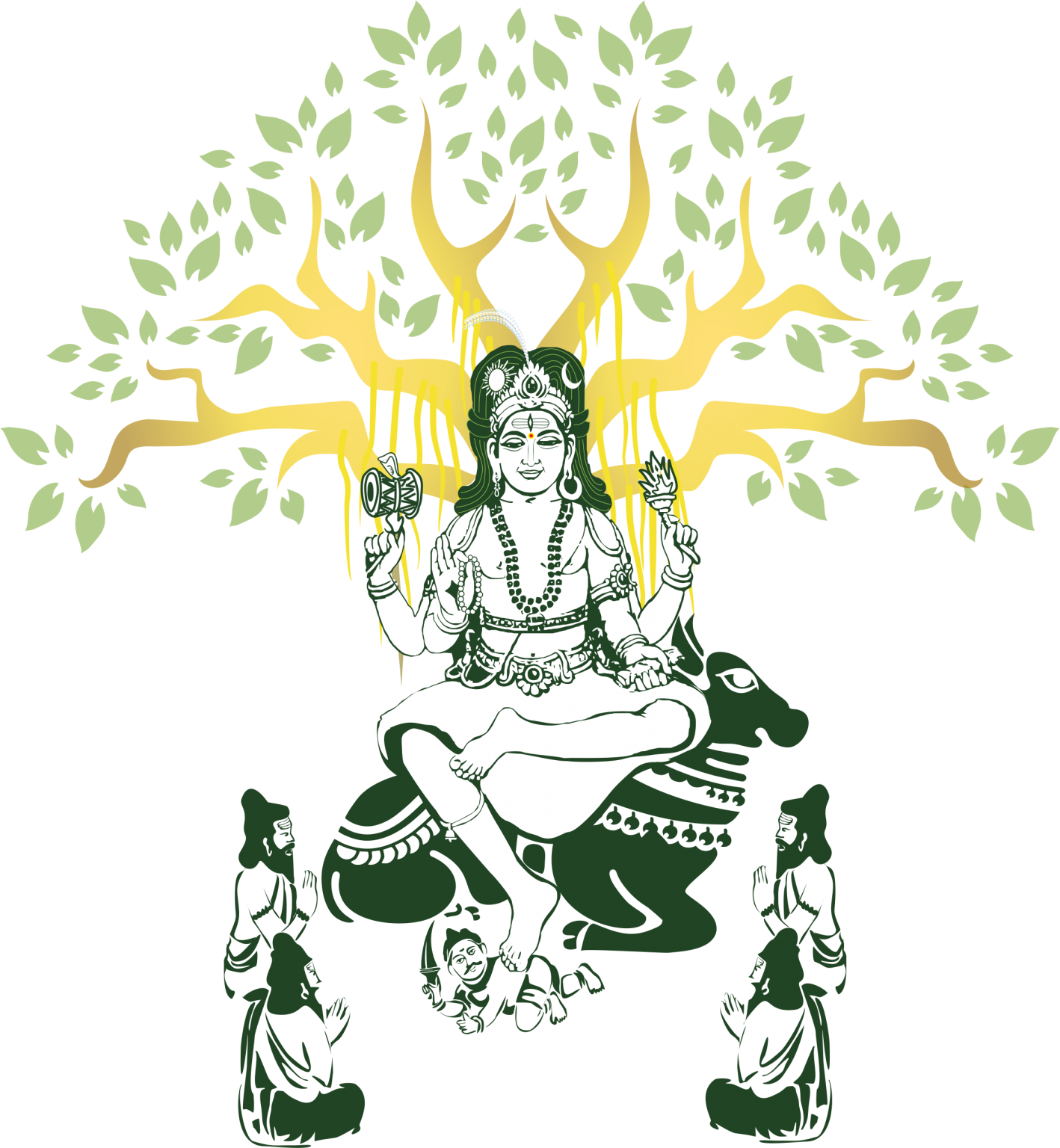Satsang with Swami Viditatmananda Saraswati
Based on an Introduction to Bhaja Govindam. Transcribed and edited by KK Davey and Jayshree Ramkrishnan.
Ādi Śaṅkarācārya was a wise man, a great teacher, devotee and karma yogi. He appeared in India about 1200 to 1500 years ago at a time when the people were mired in confusions and misconceptions about religion and the scriptures. There were many schools of philosophy prevalent at that time and the common man was unclear about the teachings of the scriptures.
There were also many distortions in the interpretations of the various rituals and stipulations of the scriptures, and the people were distressed by the many practices that involved the sacrifice of animals etc. Thus, at the time that Ādi Śaṅkarācārya appeared, a desperate situation obtained for the spiritual seeker and the confusion and desperation within, manifested in the behaviour and conduct of the people.
Śrī Śaṅkarācārya is said to be an incarnation of Lord Śiva because in the short span of his life of 32 years his accomplishment was so phenomenal. Pandit Jawaharlal Nehru said of him, that what Śrī Śaṅkarācārya accomplished in one short life is much more than what manpeople would accomplish in many life times. While there are many legends about Śrī Śaṅkarācārya, as is the case with most of the ancient sages of India, there are not many historical facts available to us. We can only learn about him through his works.
Śrī Śaṅkarācārya’s most important work is, of course, his commentaries upon the Upaniñads, the Brahma Sūtra and the Bhagavad Gītā. This provided access to the knowledge contained in these basic texts of our culture. Until then, the teachings of the scriptures were not available to the common man because there would not be many teachers who could unfold what the scriptures had to say. Śrī Śaṅkarācārya was a great teacher, who travelled along the entire country as many as three times, teaching the truths of the scriptures to the people. He conducted debates with learned people wherever necessary, in order to make them appreciate the true vision of the scriptures. Many of his opponents subsequently became his disciples. Thus, he had a large following in India among kings and scholars as well as ordinary people. Śrī Śaṅkarācārya can be credited with reviving the Vedic culture and Hindu tradition. If not for him,
India would perhaps be different from what it is today.
Legend has it that he knew his native language, Malayalam, by the time he was two, and Sanskrit, by the age of three. By the age of five, he knew the Vedas, and completed all his studies at the gurukulam when he was seven. He took sannyāsa at the age of eight and by the time he was twelve, he had completed the study of all the scriptures like the Brahma Sūtras and the Upaniñads. Between the ages of 12 and 16, he travelled, wrote his commentaries, and taught his disciples. His life was supposed to end at 16, but it is believed that he was given another 16 years to live by the great sage Veda Vyāsa.
Bhagavān Vyāsa is supposed to have come to Śrī Śaṅkarācārya in the guise of an old Brahmin and at the end of a lengthy debate blessed him with another 16 years of life. Sage Vyāsa apparently urged him to go around the country and spread the knowledge and therefore, the last 16 years of Śrī Śaṅkarācārya’s life were spent in spreading this knowledge throughout India.




